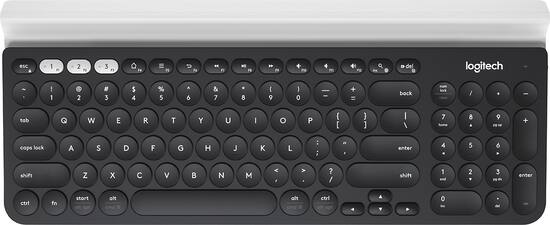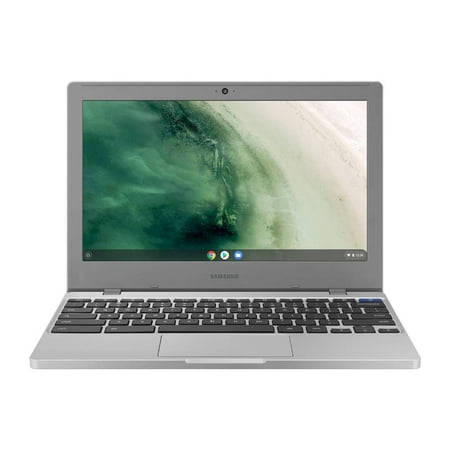Logitech – K780 Full-size Wireless Scissor Keyboard – White
Type with this multi-device Logitech wireless keyboard. The built-in rubber cradle supports devices vertically, making small screens easily viewable, and 128-bit AES encryption keeps information private.






by Bakeit
Nice keyboard and has a nice feel. I would recommend this to a friend.
by Mike
Nice to be able to connect to my device without plugging something physical in.
by John
Great product. Easy to use. Delivered without any problems-received in a timely manner.
by Chris
This is exactly what I needed! Wandered into the store hoping to find a keyboard for my iPad and found something better than expected. Includes the number pad, can sync to three different devices with the press of one key and types like a dream. This has been a game changer for me.
by Fern
Amazing keyboard loved the size of it. Keys feel amazing.
by Faruk
I don’t use another keyboard than this. Multi device support and phone holder part are my favorite features.
by Steve
Quality keyboard. Battery life is excellent. One of the better wireless key oard i. The market.
by Artisan
It is a high quality product. It can switch between windows and Mac OS easily.